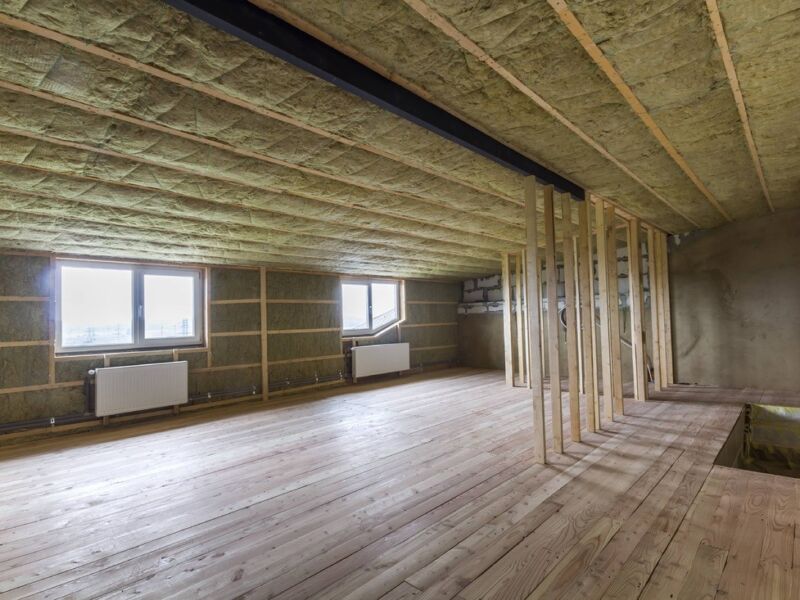
Restoring Attic Insulation after Water Damage
Water damage can wreak havoc on your home, and one area that is often affected is the attic. When water enters the attic, it can damage the insulation, leading to decreased energy efficiency and an increased risk of mold growth. In this article, we will explore the process of restoring attic insulation after water damage and the importance of addressing this issue promptly.
The Importance of Attic Insulation

Attic insulation plays a crucial role in maintaining the energy efficiency of your home. It helps to regulate the temperature, keeping your home cool in the summer and warm in the winter. Additionally, attic insulation acts as a barrier against moisture and prevents the growth of mold and mildew. When water damage occurs in the attic, it is essential to address the issue promptly to restore the insulation’s functionality.
Assessing the Extent of Water Damage
Before starting the restoration process, it is crucial to assess the extent of the water damage in your attic. This can be done by visually inspecting the insulation for signs of water saturation, such as discoloration and sagging. Additionally, you may need to check the surrounding areas for any signs of mold growth or rotting wood.
If the damage is limited to a small area, you may be able to salvage the insulation by drying it out thoroughly. However, if the damage is extensive or if mold growth is present, it is best to remove and replace the affected insulation.
Removing Damaged Insulation

To remove the damaged insulation, start by wearing protective gear, including gloves, a mask, and goggles, to protect yourself from any potential mold spores or other contaminants. Use a utility knife to cut out the damaged sections of insulation, taking care not to damage any electrical wires or other components in the attic.
Dispose of the damaged insulation properly, following local waste disposal guidelines. If the insulation is contaminated with mold, it is essential to handle it with care and seal it in plastic bags to prevent the spread of spores.
Drying and Cleaning the Attic
Once the damaged insulation has been removed, it is essential to dry and clean the attic thoroughly to prevent any remaining moisture from causing further damage. Use fans and dehumidifiers to circulate the air and remove excess moisture. If necessary, you may also need to use a wet/dry vacuum to extract any standing water.
After the attic has been adequately dried, clean the area using a mild detergent or a solution of water and vinegar to remove any mold or mildew. Scrub the surfaces thoroughly and allow them to dry completely before proceeding to the next step.
Installing New Insulation
With the attic clean and dry, it is time to install new insulation. Choose insulation materials that are suitable for your climate and energy efficiency needs. Common options include fiberglass batts, blown-in cellulose, or spray foam insulation.
When installing the insulation, make sure to follow the manufacturer’s instructions and achieve the recommended R-value for your area. Properly insulating the attic will help to maintain a comfortable temperature in your home and reduce energy consumption.
Preventing Future Water Damage
After restoring the attic insulation, it is crucial to take steps to prevent future water damage. Some preventive measures include:
- Regularly inspecting the roof for leaks and addressing them promptly
- Ensuring proper attic ventilation to prevent moisture buildup
- Checking for plumbing leaks or condensation issues
- Sealing any gaps or cracks in the attic to prevent water intrusion
By taking these preventive measures, you can minimize the risk of future water damage and preserve the integrity of your attic insulation.
Conclusion
Restoring attic insulation after water damage is essential for maintaining a comfortable and energy-efficient home. By assessing the extent of the damage, removing and replacing damaged insulation, thoroughly drying and cleaning the attic, and installing new insulation, you can restore the functionality of your attic and prevent future issues. Remember to also take preventive measures to minimize the risk of future water damage. If you need professional assistance with attic restoration, contact Water Damage Restoration Pros of Las Vegas at 725-210-8500.


